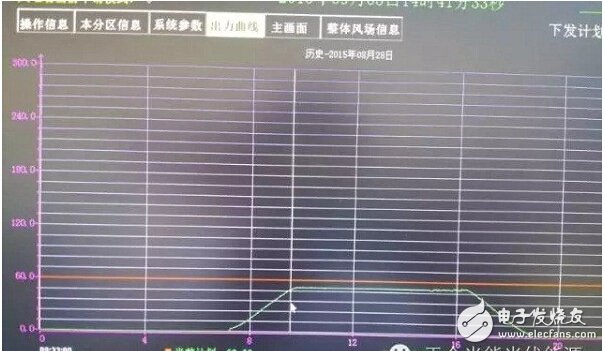In recent years, the construction speed of photovoltaic power stations in China has been very fast, but the supporting construction is still unable to keep up. In addition, the ability to absorb photovoltaic power in the western region is limited. For example, in Gansu, Xinjiang, Qinghai and other places, many photovoltaic power plants have suffered from power curtailment problems. The dilemma has brought huge energy waste. The proportion of power cuts in some months has reached 90%. The investment yield of photovoltaic power plants has been greatly reduced, and it is also very unfavorable for the future development of photovoltaics. It is necessary to strengthen the construction of supporting power grids. Photovoltaic power is sent to areas with strong capacity for consumption, or the contradiction arising from competition for energy interests such as thermal power, photovoltaics, and wind power is improved, and the energy structure is further adjusted to give priority to the use of photovoltaic power.
As the country's ecological environment and climate change situation become increasingly severe, the energy revolution characterized by priority in the development of renewable energy has become an inevitable trend. This paper takes the power-limited situation of a power station in Gansu as an example, and briefly introduces the calculation method and technical countermeasures of power generation loss caused by power-limiting.
1. Active Power Control System (AGC)
The photovoltaic power station's power limitation is inseparable from the photovoltaic active power control system (AGC). In May 2011, the State Grid Corporation issued the "Technical Regulations for Connecting PV Power Plants to the Power Grid", stating: "Photovoltaic power plants should have active power regulation capabilities, capable of Receive and automatically execute the control commands of the dispatching department to ensure that the active power and active power changes operate according to the requirements of the dispatching department." Therefore, large-scale photovoltaic power plants need to be equipped with photovoltaic active power control system, receive the active power control command of the dispatching center, and realize load distribution according to predetermined rules and strategies.
In general, the AGC control mode can be divided into two types: plan curve and fixed value control. Figure 1 shows the fixed value tracking mode, that is, the total output power of the control station on the same day is a constant value, which depends on the provincial adjustment. When the sunny day is better, if the real-time power output exceeds the limit value. Will be "shaved", then the real-time curve looks close to the trapezoidal curve.

Figure 1 AGC limited power value tracking mode (provided to limit the load of 60MW)
Figure 2 shows the plan curve tracking mode. The general power-off time is a certain period of time, and there is no regularity, such as 14 pm to 16 pm, so that the total active power curve (red) keeps floating up and down around the defined target curve (green), and The minimum tolerated fluctuation range for each region will vary, as above floating below no more than 0.3 MW or 0.5 MW.

Figure 2 AGC plan curve tracking mode
Burner with Built in Hob
Kitchen Hob,Gas Hobs,Gas Cooker Hob,Four Burner Gas Stove
xunda science&technology group co.ltd , https://www.gasstove.be